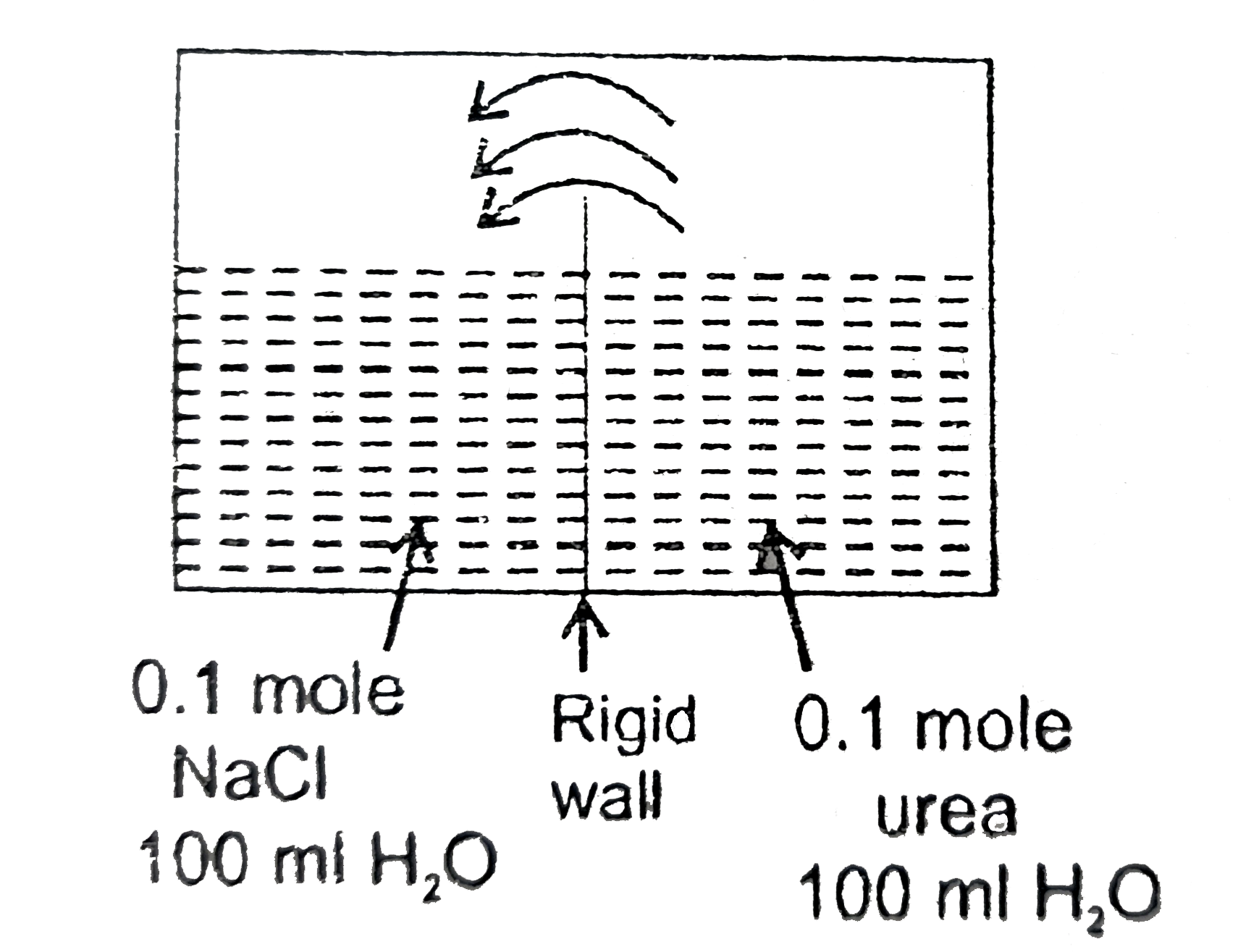______ acquires the volume of the container.
Gases acquires the volume of the constant.
Topper's Solved these Questions
- MYSTERY OF MATTER BOOK - PEARSON IIT JEE FOUNDATIONCHAPTER - MYSTERY OF MATTER EXERCISE - TEST YOUR CONCEPTS (SHORT ANSWER TYPE QUESTION)
65 Videos
- MYSTERY OF MATTER BOOK - PEARSON IIT JEE FOUNDATIONCHAPTER - MYSTERY OF MATTER EXERCISE - CONCEPT APPLICATION
5 Videos
- MYSTERY OF MATTER BOOK - PEARSON IIT JEE FOUNDATIONCHAPTER - MYSTERY OF MATTER EXERCISE - CROSSWORD
1 Videos
- LANGUAGE OF CHEMISTRY AND CHANGES AROUND US BOOK - PEARSON IIT JEE FOUNDATIONCHAPTER - LANGUAGE OF CHEMISTRY AND CHANGES AROUND US EXERCISE - ASSESSMENT TEST (TEST 1)
13 Videos
- WATER - A WONDER LIQUIDBOOK - PEARSON IIT JEE FOUNDATIONCHAPTER - WATER - A WONDER LIQUIDEXERCISE - Crossword
1 Videos
Similar Questions
______ acquires the volume of the container.
View SolutionTwo containers A and B of equal volume V0/2 each are connected by a narrow tube which can be closed by a value. The containers are fitted with pistons which can be moved to change the volumes. Initially the value is open and the containers contain an ideal gas (Cp/Cv=γ) at atmospheric pressure P0 and atmospheric temperature 2T0. The walls of the containers A are highly conducting and of B are non-conducting. The value is now closed and the pistons are slowly pulled out to increase the volumes of the containers to double the original value. (a) Calculate the temperature and pressure in the two containers. (b) The value is now opened for sufficient time so that the gases acquire a common temperature and pressure. Find the new values of the temperature and the pressure.
View Solution
Knowledge Check
In which of the following reactions, an increase in the volume of the container will favour the formation of products ?
A2NO2(g)→2NO(g)+O2(g)BH2(g)+I2(g)→2HI(g)C4NH3(g)+5O2(g)→4NO(g)+6H2O(l)D3O2(g)→2O3(g)In which reaction will an increase in the volume of the container favor the formation of products?
AC(s)+H2O(g)⇔CO(g)+H2(g)BH2O(g)+I2(g)⇔2HI(g)C4NH3(g)+5O2(g)⇔4NO(g)+6H2O(l)D3O2(g)⇔2O3(g)In which of the following conditions, the distance between the molecules of hydrogen gas would increase ?
(i) Increasing pressure on hydrogen contained in a closed container.
(ii) Some hydrogen gas leaking out of the container.
(iii) Increasing the volume of the container of hydrogen gas .
(iv) Adding more hydrogen gas to the container without increasing the volume of the container.A(i) and (ii)B(i) and (iv)C(ii) and (iii)D(ii) and (iv)

What is the final volume of both container.
View SolutionIn which of the following conditions, the distance between the molecules of hydrogen gas would increase?
(i) Increasing pressure on hydrogen contained in a closed container
(ii) Some hydrogen gas leaking out of the container
(iii) Increasing the volume of the container of hydrogen gas
(iv) Adding more hydrogen gas to the container without increasing the volume of the container
View SolutionIn which of the following system, doubling the volume of the container causes a shift to the right
View SolutionIn which of the following reactions, an increase in the volume of the container will favour the formation of products ?
View SolutionIn which of the following system, doubling the volume of the container causes a shift to the right
View Solution
